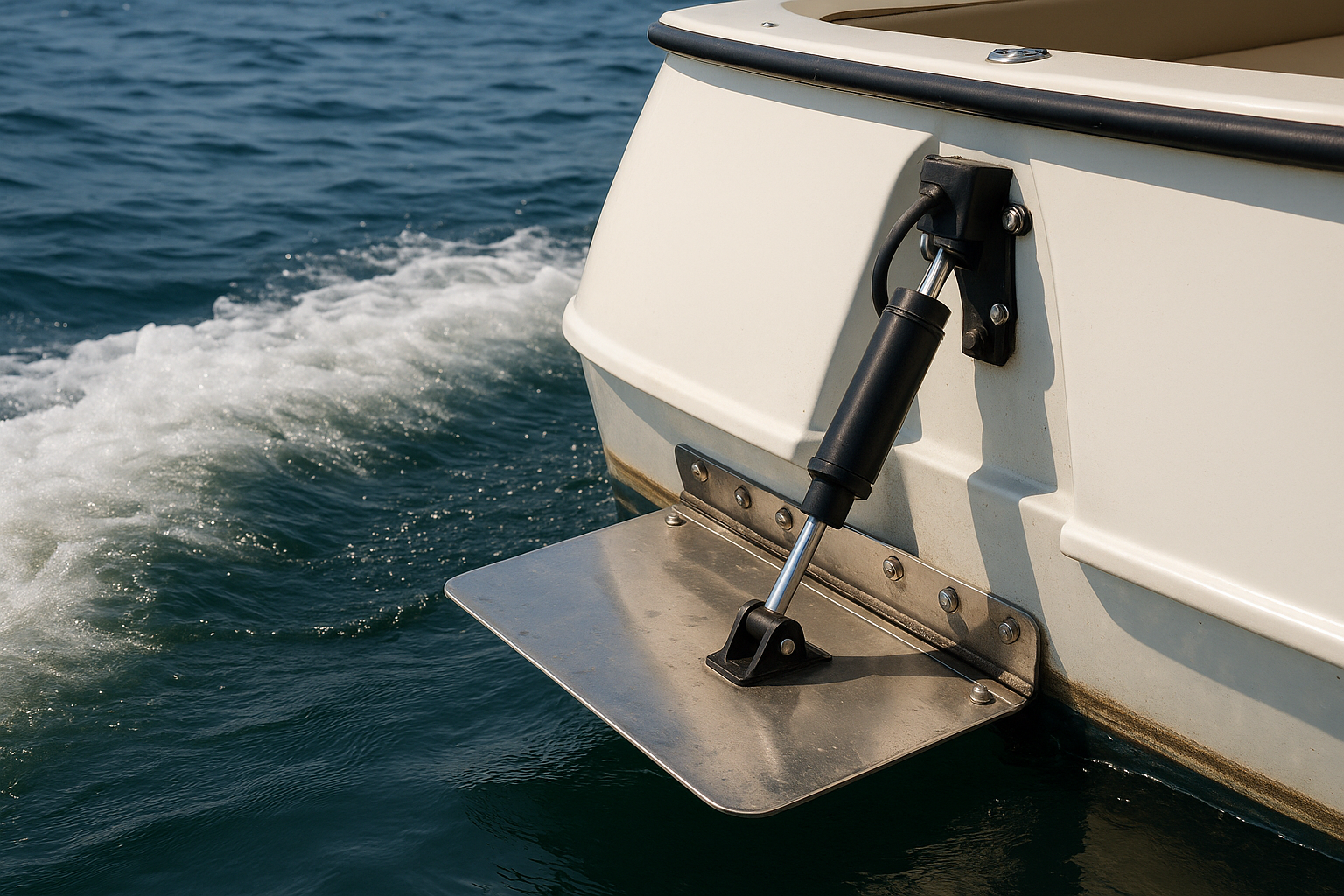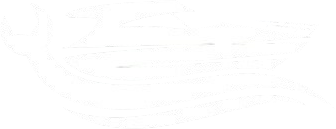Performance matters more than promises when it comes to boat trim tabs. These vital components make the difference between a smooth, efficient ride and fighting your vessel all day long.

The Signs Never Lie
Most boaters think trim tab issues announce themselves with dramatic failures. The reality runs quieter but costs just as much. Your first warning often comes from subtle changes - a slight list to port, a touch more spray than usual, or that nagging feeling that something's off.
Smart operators catch problems early by watching their boat's behavior like a hawk. They know their vessel's personality and notice when it starts acting strange. The best mechanics will tell you - the boat always talks first.
- Delayed response when adjusting trim
- Uneven planing at cruising speed
- Increased fuel consumption
- Excessive bow rise during acceleration
The Water Tells The Truth
Testing trim tabs isn't about dockside diagnostics. The real proof comes at speed, under load, in actual conditions. A properly functioning system responds instantly to input, translating your commands into smooth attitude adjustments.
Take your vessel through its paces. Run at various speeds. Test in different sea states. The tabs should react predictably every time. If they don't, you're looking at early warning signs of system failure.
Numbers Never Negotiate
Performance metrics reveal what your eyes might miss. Track your fuel consumption, GPS speed, and engine RPM. Properly functioning trim tabs optimize these numbers. When they start to drift, something's wrong.
The data doesn't lie. If you're burning more fuel to maintain the same speed or struggling to hold plane at familiar RPMs, your trim tabs are likely underperforming.
- Monitor fuel flow rates at cruising speed
- Compare current performance to baseline data
- Track time to plane from dead stop
- Document trim angle requirements
Systems Speak Through Signals
Modern trim tab systems communicate through multiple channels. Listen for unusual sounds from actuators. Watch for erratic gauge behavior. Check for consistent hydraulic pressure if you're running a hydraulic system.
The control panel serves as your early warning system. Delayed response, flickering indicators, or inconsistent behavior point to developing issues. Don't ignore these signals - they're your first line of defense against major failures.
Physical Proof Points Matter
Visual inspection reveals what sensors might miss. Look for corrosion around mounting points, wear on actuator rods, and signs of water intrusion. Physical damage often precedes electronic failure.
Check for smooth, consistent movement through the full range of motion. Any binding, grinding, or uneven travel indicates mechanical issues that won't fix themselves.
- Inspect all mounting hardware monthly
- Check seal integrity around actuators
- Verify proper electrical connections
- Look for signs of hydraulic leaks
Prevention Beats Repair
The best trim tab problems are the ones you prevent. Regular maintenance costs less than emergency repairs and keeps you on the water instead of at the dock. Build a relationship with a qualified marine technician who knows your system.
Document everything. Keep detailed maintenance records. Track performance metrics. This data becomes invaluable when troubleshooting issues or planning upgrades.
The Smart Money Moves First
Merit in marine maintenance shows itself through proactive decisions. The operators who win don't wait for catastrophic failures. They read the signs, trust the data, and act before small issues become big problems.
Your trim tabs aren't just components - they're critical performance multipliers. Treat them that way. Monitor aggressively, maintain religiously, and upgrade strategically. The water rewards those who execute on the details.
Keep Your Boat at Its Best
Every trip on the water should be smooth, safe, and free from second-guessing your equipment. If your trim tabs—or any part of your boat—aren't performing at their peak, let's get it sorted before your next outing. Call us at 305-290-2701 or Request Boat Repair or Service and we'll help you get back to boating with confidence.






.png)